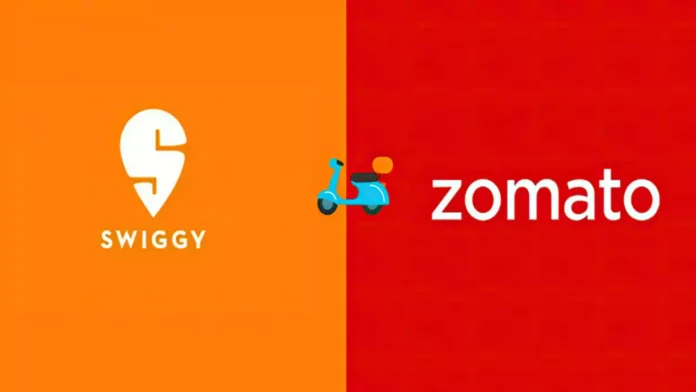Zomato and Swiggy, prominent online food delivery platforms, are actively pursuing creative approaches to allure cost-conscious consumers at the lower end of the economic spectrum. This initiative comes as they face challenges in expanding their customer base at a slower pace.
Bengaluru-based Swiggy has introduced a pilot program called ‘Pockethero’ across around 15 cities since late November. This initiative is primarily geared towards students and fresh graduates in search of more budget-friendly food delivery options. Swiggy has partnered with specific restaurants to offer enhanced discounts and complimentary delivery services as part of an effort to attract and onboard new customers.
“Pockethero aims to make food delivery accessible to a set of users who today may find online food delivery less value for money. True to its name, Pockethero delivers the best of discounts from our partner restaurants and gives free delivery on top of it to give our customers a taste of convenience without having to think much about their pockets,” said Sidharth Bhakoo, vice president, national business head at Swiggy.
Simultaneously, Zomato has launched its ‘Everyday’ program, aiming to offer cost-effective home-cooked meal alternatives.
“We believe we’re at a stage where we need to push 20 different arrows and see which one helps us do better…On the value side, we have partnered with a certain set of restaurants to do ‘Everyday’ meals. That is something we are continuing to hold and scale because we believe affordability with high quality food is the way to grow the overall restaurant industry,” said Rakesh Rajan, food delivery CEO at Zomato.
Analysts suggest that, despite the emphasis on profitability and increased usage from their medium-to-high frequency customer base through loyalty programs, food delivery platforms have deprioritized new customer acquisition.
In a recent research note, Bank of America (BoFA) Securities reported, citing data from Sensor Tower, that food delivery platforms experienced only marginal growth or even a decline in daily active users (DAUs) over the past six months.
During November, Zomato observed a 0.6% sequential increase in daily active users (DAUs), whereas Swiggy experienced a 1.9% decrease in DAUs. The report also highlighted a decline in app downloads for food delivery apps, with Zomato registering the highest sequential drop of 21% in November.
“Both platforms have been focussed on profitable growth for the last three to four quarters…and that kind of growth comes from high transacting users. So, instead of spending too much on getting in new customers, the push was towards milking more orders out of existing customers. While this increased order frequency accrues in the form of margins over a longer period of time, the platform, as a whole, becomes less attractive to a new customer,” a Mumbai-based internet sector stock analyst said.
Zomato and Swiggy have been witnessing growth stemming from a growing cohort of transacting users who make orders on a monthly basis at the very least.
In the recently disclosed semi-annual financial results, Prosus, the Dutch consumer internet investor backing Swiggy, reported a 17% year-on-year surge in food delivery gross merchandise value (GMV) to $1.43 billion for the period between April and September 2023. This growth was propelled by an expanding base of transacting users, resulting in double-digit order growth, coupled with an uptick in average order values (AOV).
Zomato, in its earnings report for the September quarter, indicated that it anticipates future growth to be driven by monthly transacting customers. Presently, among the company’s overall customer base, which includes those who order food at least once a year, only 30% of customers place food orders at least once a month.
Significantly, Zomato is witnessing nearly 40% of its gross order values for food delivery originating from high-frequency customers enrolled in its Gold loyalty program.
“However, for the longer term, you need to make sure there’s a large enough base that keeps bringing in incremental growth over time…therefore, it also makes sense to keep acquiring new customers,” the analyst, cited above, pointed out.





